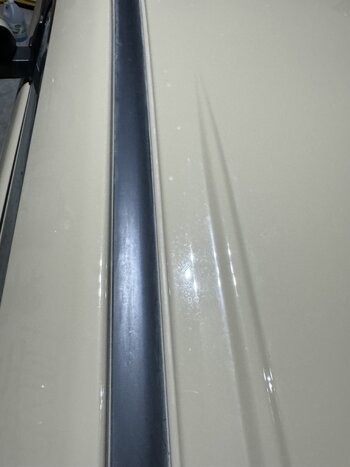I think we are making excuses for a crap design that stops the water being channeled away from the A pillars effectively. Yes, the seals should seal as that's sort of the point of a sealJust to note, the amount of water flowing from the gutters should have no impact on the water in the foot well if the weatherstripping is sealing it. The gutters purpose is to stop water from dripping on your head when you get in and out of the car and it should be able to dump that water anywhere. It's not the problem. The issue is, the front weather stripping isn't sealing up tight, and the only reason I can think of right now, is the door hinges are set too far out causing the door to be offset in the front. Having chosen not to own one yet, I can't see how the hinges are attached, but that's typically not something that's adjustable. At least not in any car I've ever messed with. Threaded back plates or captive nuts or something is what I've seen.
So if I understand you correctly you are saying it is ok and satisfactory for water to pour from the roof into the door shut (also known as the door jam) down the A pillar in copious quantities as long as the door seals seal effectively that should prevent it the water from collecting in the door sill between the seals?
While I might be willing to accept that it seems ludicrous to me that having water deluge into the door shut as acceptable when a simple roof gutter modification would stop that entirely. Irrespective, the door seals should work and clearly do not unless affixed correctly.
As I and another poster said, our old Defenders did not exhibit this issue, and my Toyota 4Runner does not either. No water is channeled into the door shut as the roof is designed to channel the water away more effectively.
It sounds like we are making excuses to give Ineos a pass.




